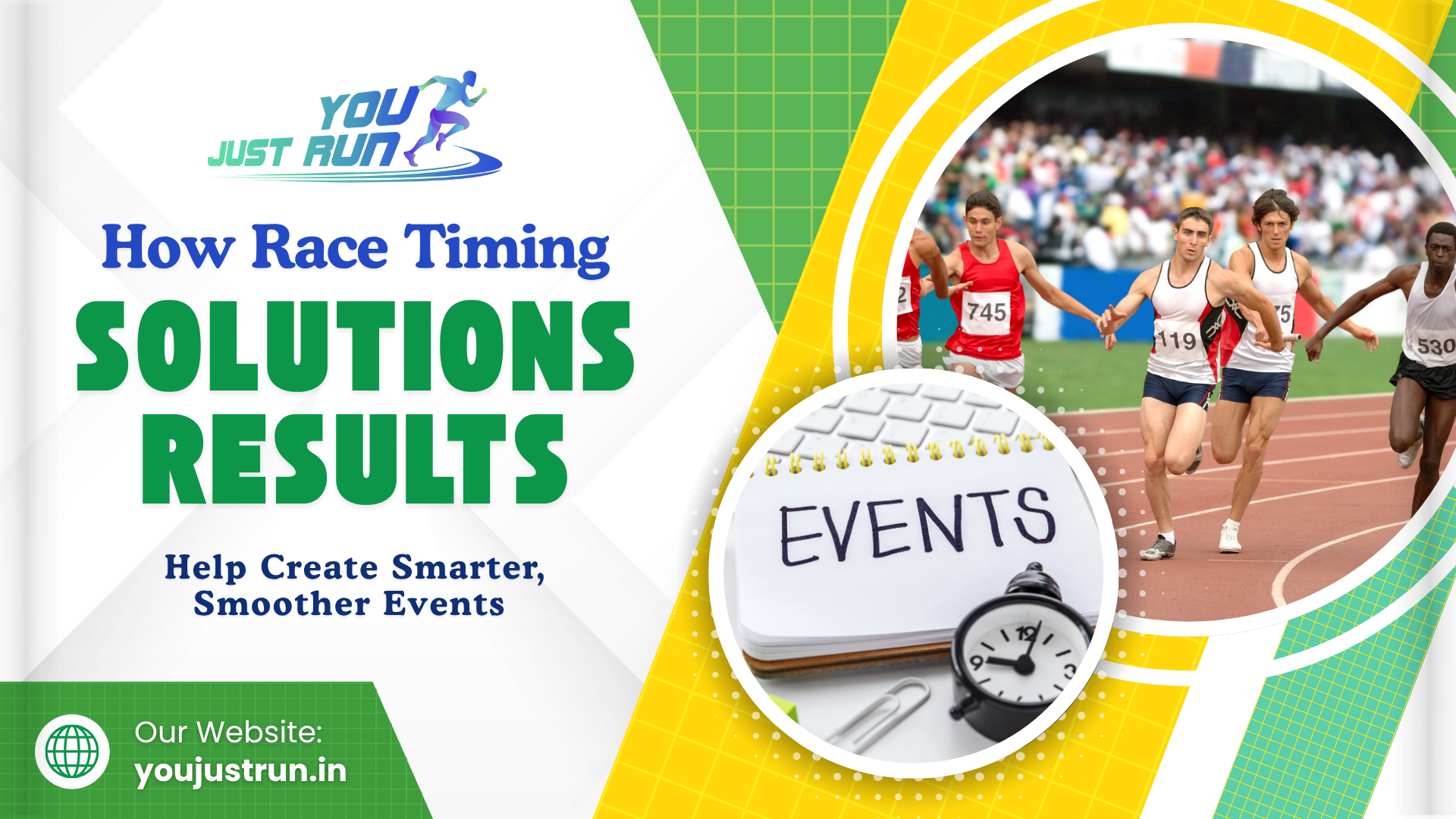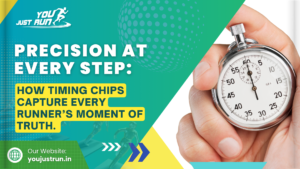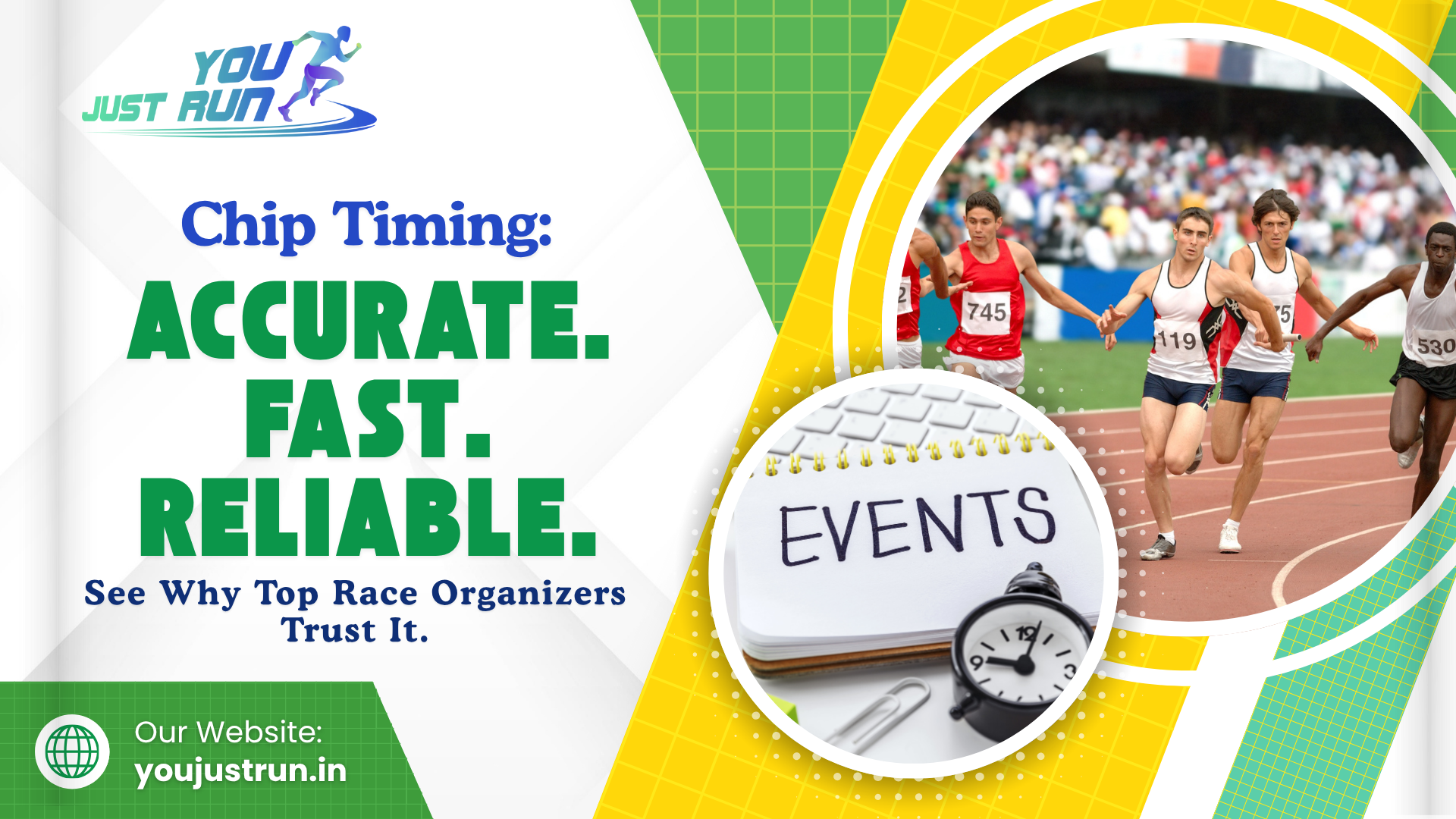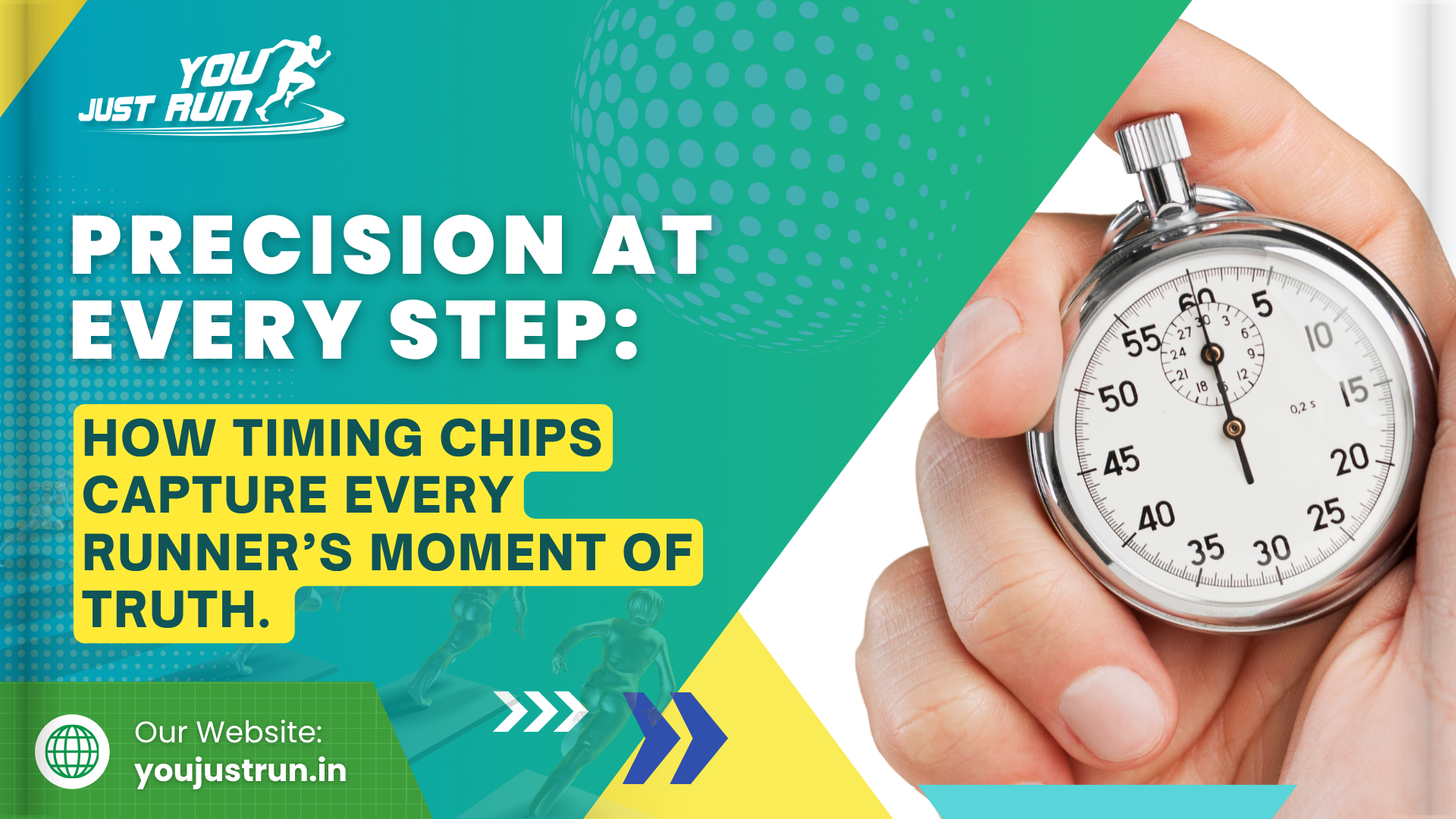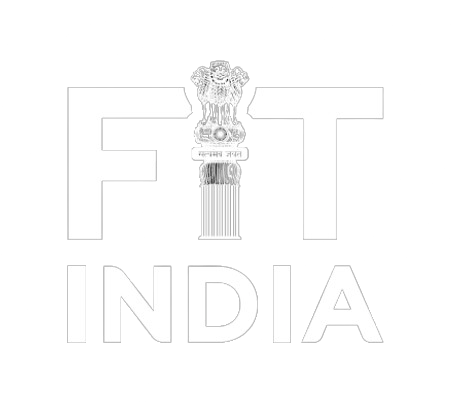In the high-energy realm of endurance running and marathons, just like in every other race, there is one thing that is as important as who crosses the finish line first, and that is information. Not generic information, but information derived from Race Timing Solutions Results that provide detailed clues about the performance of every runner. Modern-day races rely on complex timing systems that provide more than just start and finish times; they provide an entire road map for unending improvement.
So how do race organizers use this data to create better, more efficient, and more enjoyable races in the future? Let’s see the advantages of reviewing race timing solutions.
Participant Flow and Bottlenecks
By mapping out the splits at every point along the course, organizers gain an overall feel for the flow of the event. Where are athletes wasting time? Are there areas of the course causing serious bottlenecks? Timing data may even reveal these critical pinch points.
Simply put, if a large majority of runners drop time from kilometer marker 5 to 6, it suggests congestion, elevation, or poor surface, or a combination of these. Logistics are then adjusted based on this experience, creating smoother events in the future.
Improving Course Design
Race timing solutions outcomes can be your in-course survey instrument. Abnormalities in split times and pace averages over segments can reveal if the course is too difficult, too simple, or simply badly constructed.
With time, this information can be used for course layout maximization—more runner-friendly, safer, and logistically optimal courses. Contented runners translate into improved feedback and greater future turnout.
Segmenting Runner Performance for Improved Targeting
Detailed race timing enables you to split participants according to performance. Who were your top 10% runners? Who ran in the middle 50%? Who just scraped across the line?
From this split, race organizers can:
- Create tiered training programs leading up to the event.
- Provide performance-based rewards.
- Send post-event emails customized to a runner’s performance and achievement.
Tweak cut-off times from history to balance competitiveness with inclusiveness.
Improving Event Marketing
The accuracy and dependability of race timing solutions returns make for strong narrative and promotional content. Visualizations of data—heatmaps of runner flow, age-grade times, or city-by-city performance distributions—make for content that engages runners as well as sponsors.
Picture promoting your next event with metrics such as:
“In 2024, more than 60% of our runners set personal bests on our reimagined, speed-friendly downtown circuit.”
That’s bragging rights based on data.
Forecasting Participation Trends
Race timing results year by year can be contrasted with track trends:
- Are younger runners faster now than in the past?
- Is there an increasing number of older competitors?
- Are local athletes sweeping the podium?
These findings can impact the way you create your registration promotions, determine race divisions, and find prospective sponsorship initiatives with brands that focus on certain demographics.
Increasing Sponsor Value and ROI
Sponsors desire visibility and a connection to success. Race timing solutions offerings provide excellent sponsor engagement metrics. Now you can display:
- The number of participants who saw live timing via the sponsor-branded race app.
- The number of runners who posted their race results (with sponsor logos) on social media.
- Which sponsor-named checkpoints received the most exposure or dwell time?
This firm enhances your credibility as an event manager and sets up larger sponsorship opportunities in the future.
Logistics and Volunteer Deployment Efficiency
If analysis shows a distance runner slackens noticeably at certain water points, then it shows a lack of volunteers or that the placement of a water station was not optimal. Data on when the runner will be at a particular station lets you plan your footprint support – aid stations, medical tents, signage, and crowd. Subsequent races become slimmer, safer, and better controlled with less last-minute volatility.
Post-Race Analysis for Runner Engagement
After the event, offering personalized analytics to every runner based on the performance of the race timing solutions is a great way to keep them engaged. Having runners get a comprehensive analysis with split times, pace change, and pace charts enables them to share that content and return next year to beat their time.
Race directors who provide comprehensive post-race reports are perceived as professional, runner-oriented, and numbers-savvy—a golden combination.
Conclusion
Race timing solutions can provide results that are much more than just numbers—they can provide a plan on how to improve. If a race director makes good and strategic use of the results from their timing provider, they can maximize every aspect of the race event (course map, race logistics, marketing, participant experience).
In an overcrowded and competitive race calendar, races will not only keep loyal runners but will entice new participants that want a well-organized and enjoyable experience if they are evolving by using data.

